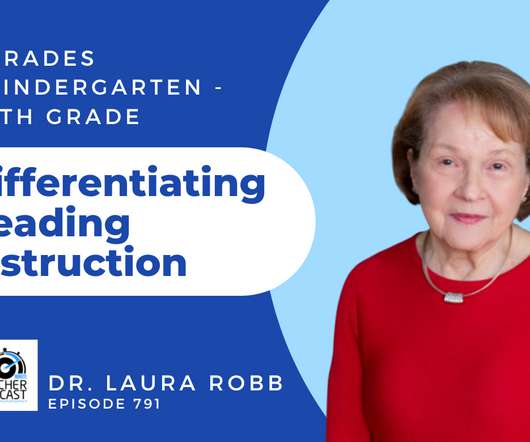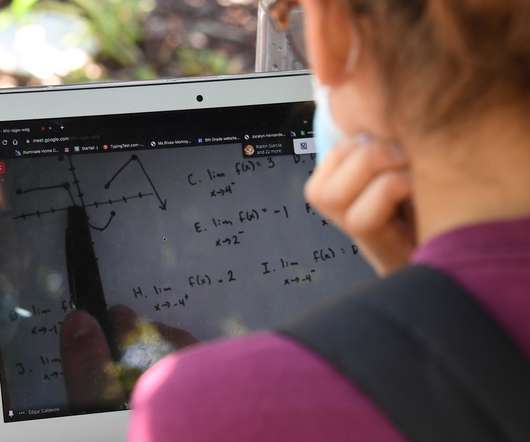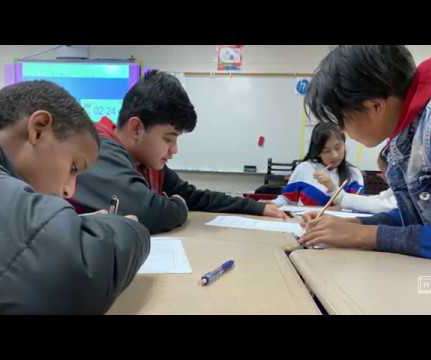Differentiating Instruction in Kindergarten and Elementary Grades with Laura Robb
The CoolCatTeacher
SEPTEMBER 6, 2022
Furthermore, kindergarten and elementary grades are fundamental. EXTENDED EPISODE - Episode #791- The 10 Minute Teacher Podcast Differentiating Reading Instruction in Kindergarten through Elementary Laura Robb, Reading Expert. Transcript - Differentiating Instruction for Kindergarten and Elementary - Laura Robb - Episode 791.
























Let's personalize your content